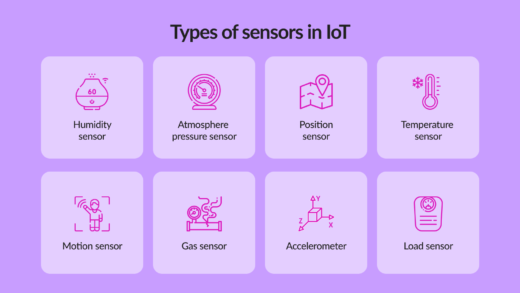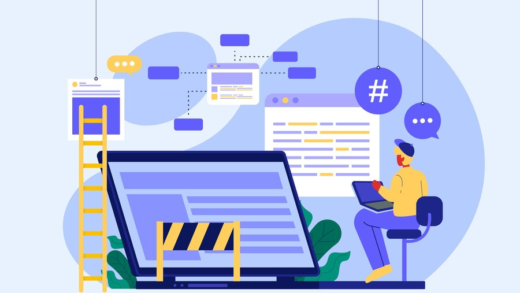Many people use the services of Internet service providers, but not everyone goes into the nuances and can explain how exactly these companies work. We all know that the ISP gives access to the network. But what exactly is the end user’s interaction with the Internet and what role do ISP companies play in it? Let’s take a closer look at this question.
How does a user connect to the Internet?
Each Internet connection, regardless of its type (mobile, telephone, leased line) is first of all a connection of the end user’s equipment to the provider’s facilities. That is, your computer gets access to the provider’s server, which has a permanent channel of communication with the Internet. And the characteristics of the Internet provider’s servers determine the number of users it can service simultaneously, as well as the quality and speed of the service itself. As a rule, companies-providers offer their customers several tariffs with different conditions, and in accordance with them allocate a certain portion of the total bandwidth of their Internet access channel to the user. And user identification is carried out by login and password. Interaction with the World Wide Web is based on the following scenario:
- user’s request to the provider’s server;
- Processing of the request and its redirection to the necessary server on the Internet;
- Response of the Internet server to the provider’s equipment;
- transmission of information to user equipment.
This chain of data acquisition is relevant for absolutely all tasks, whether it is a search for sites, music, movies, viewing or downloading files.









